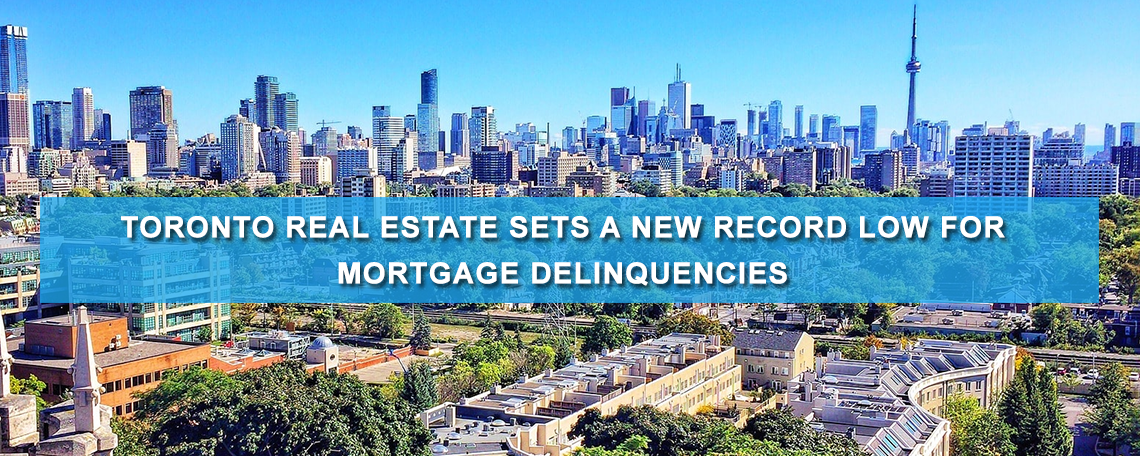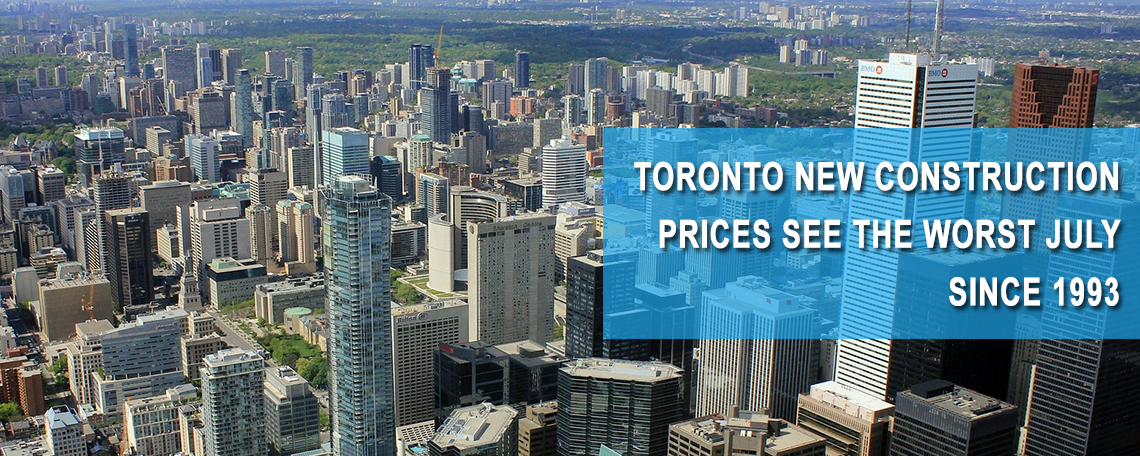CPROP and Securing International Real Estate Deals
The Internet transformed various aspects of real estate however arguably the most affected would be the ability for realtors selling international real estate, to attain a wider more diverse segment of investor devoid of much difficulties.
And one section of the real estate vertical often not considered is the international client.
Astounding to many is the fact that ten percent of the overall sales of real estate in the US is associated with international buyers. Moreover total sales data in 2017 are displaying a trend deserving of your consideration for the reason that they are rising by nearly fifty percent year in year out adding up to more than $150 billion. All the numbers earlier mentioned procured from NAR (National Association of Realtors) and are thought to be accurate.
One particular promising facet to doing business with international buyers, from the real estate agent’s perspective, is transactions involving an international client normally return more substantial commissions. Yet another factor here is the actuality that many international investors are almost always high net-worth individuals aiming to grow their wealth by making wise investments outside of their country of origin.
“Although do not for a moment presume that breaking in to this market is simple. It’s not!” claims retired international real estate agent for Costa Rica Real Estate dot COM (CRREC) Don Scott.
The main difference in between having to deal with the local populous as opposed to internationally, is the language barrier. Alternatively many international buyers employ people to breakdown the language barrier when seriously considering investment in another country.
Which country dominates international real estate investors in the United States? Why China silly. Yes it’s true, China maintains a whopping 50% of the overall sales volume credited to foreign investors and yes, regardless of all the differences between how business is done in both countries and language.
Allow us to discuss how you can enter this segment of the real estate market.
CPROP’s end-to-end digital transaction management system was made to expose real estate agents to international prospects and help them to safely and transparently close deals.
Generally it uses technology to streamline the sales process of agencies, from the start of a deal to conclusion. We will set out a couple ways any real estate professionals can tap in to this market sector.
Sign up to a transparent international console
Breaking in on the international real estate industry is not straight forward for real estate professionals who’ve not ventured here previously. Any real estate agents seeking to be players in the international real estate forum, have to start their search by finding online locations where prospective buyers and sellers may hookup. Once uncovered…join in on the conversation and earn trust in the community.
Don’t forget also that given your platform also provides automatic translations, this could also be a large benefit.
Think trust and safety
Language barriers must certanly be anticipated and remedied if you wish to have any international real estate transaction complete devoid of difficulties including fraud.
Preparation is key to successful international real estate deals and included in planning one must take into account trust and security.
We realized quickly – trial & error – that it is necessary when dealing in international real estate transactions, that you protect yourself and this is especially the case when utilizing digital currency. We [Galvan Real Estate in Riviera Nayarit] now have streamlined our international deals.
Blockchain has been found to be by far the most secure way to electronically make transactions. Once a contract is completed and executed, it can be saved to the blockchain, generating an immutable allotted record confirmed by a system of potentially thousands of computers, as a result effectively avoiding any unknown changes to a contract.
Blockchain technology is also advantageous to the investor by delivering a secure reliable method to place funding in escrow.
Find dependable, successful collaboration
“One thing is closing sales within the country but it can be a totally different thing when finalizing international contracts and these trades need to have even more care to ascertain a clean conclusion.” says Mark Walker a realtor who specializes in selling condos in Kelowna, BC, Canada.
Effective brokers, when asked, without notice can tell you the position of their impending contacts, leads and deals. Could you?
This all being said, couldn’t you agree that an all-inclusive electronic transactions SaaS system built to satisfy international real estate transactions from start to finish, be described as a welcome improvement to all real estate brokers? Let’s face it, any broker working with international buyers and sellers could perhaps reap the benefits of a complete SaaS app that not only simplifies communications but ensures security for each sides.
CPROP was a contributing author of this article.


